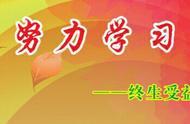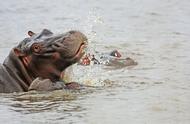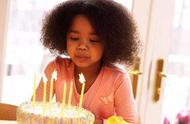
(1)定冠词的用法表示上文中所提到过的人或物。
eg:I have two children, a boy and a girl. The boy’s name is Mark. The girl’s name is Penny.
(2)特指某(些)人或物。
eg:The girl in a red dress comes from America.
(3)指说话人和听话人都熟悉的人或物。
eg: My shoes are under the bed.
Please open the window.
(4)用在形容最高级和部分比较级前,及形容词only, very, same等前面:
Eg: That's the very thing I've been looking for. 那正是我要找的东西。
Tom is the taller of the two boys.
He is the only person who didn't pass the exam.
他是唯一一个没通过考试的人。
(5)用在序数词前。
eg Monday is the second day of a week.
Where do you live? I live on the second floor.
(6)用在世界上独一无二的事物前(如太阳、月亮、世界、地球、天空、宇宙等)。
eg The moon moves round the earth.
(7)用在某些形容词前,表示—类人或物。
the rich(富人),the poor(穷人),the deaf(聋人),the blind(盲人),the dead(死者),the wounded(伤员)
(8)用在姓氏复数前,表示“某某—家人”或“某某夫妇”。
eg. The Greens are having dinner at home.
(9)用在乐器前。(但中国民族乐器前不用冠词,play Erhu拉二胡)
eg. play the piano/guitar/violin/drums.
(10)用于逢“十”的复数数词前,指某个世纪中的几十年代或人的大约年岁。
eg. In the 1970s, a highway was built to linkup the city with my hometown.
I think he is in the thirties.
(11)用在江河、海洋、山脉、湖泊、群岛的名称的前面。
the Yangzi River 长江
the North China Plain 华北平原
the Rocky Mountains 洛矶山脉
the Black Sea 黑海
(12)用在由普通名词和另外一些词构成的专有名词前面。
the Beijing Railway Station 北京站
the People's Republic of China 中华人民共和国
the United Nations 联合国
(13)含有定冠词the的词组。
in the morning (afternoon ,evening )在上午(下午、晚上)
on the right 在左边
by the way 顺便说一下
go to the cinema (theatre ,concert…)去看电影(看戏、听音乐会……)
in the front of 在前部
in the front of 在中间
at (in) the beginning 开始
in the end 终于
in the daytime 白天
on the one hand , on the other hand 一方面……;另一方面
注意:
表示某一类人或事物时,以下三种方法都可以。如:
The horse is a useful animal.(用定冠词)
A horse is a useful animal.(用不定冠词)
Horses are useful animals.(用复数)
马是一种有用的动物。
,












